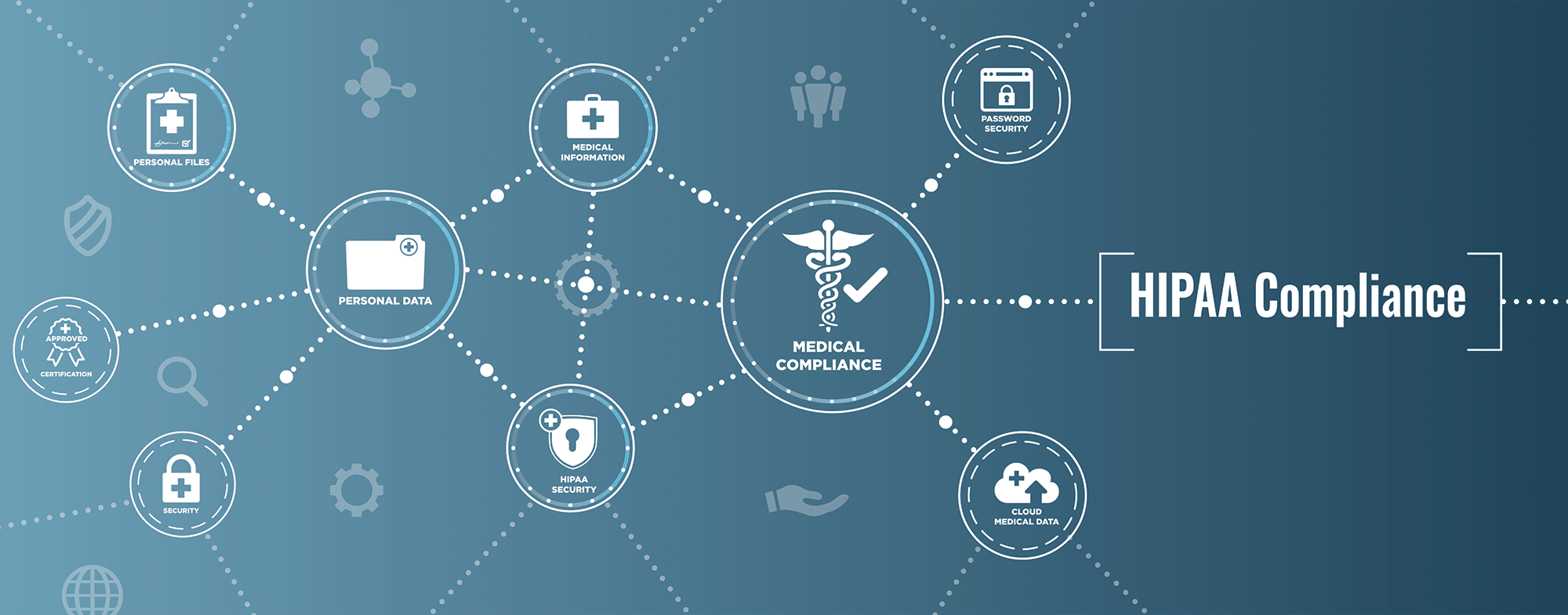In a world that’s becoming more interconnected by the day, cyber threats loom large. A robust cybersecurity strategy is thus indispensable for organizations. This sort of strategy ensures the protection of an organization’s data, networks, and systems and supports continued business operations in the event of a cyber-attack. But what exactly is a cybersecurity strategy? And how to create one?
What Is A Cyber Security Strategy?
A cybersecurity strategy is more than a list of security measures – it is a dynamic, evolving roadmap that aims to safeguard an organization’s digital assets. In an era where businesses thrive on digital operations, a cybersecurity strategy is no longer an optional extra but a vital component of business management.
Risk assessment, clearly outlined security objectives, a meticulously curated security plan, diligent execution, and effective training constitute some essential elements. Furthermore, the strategy should encompass incident response planning and an enduring commitment to continuous improvement.
Cyberattacks can range from business disruptions to compromising sensitive data, seriously damaging an organization’s reputation. A well-thought-out cybersecurity strategy acts as a preventive shield against such incidents by identifying vulnerabilities and potential threats, thereby allowing the organization to take preemptive measures.
Why Are Cyber Security Strategies Important?
The array of modern cyber-attacks is wide and varied, ranging from those causing havoc in daily business operations to ones silently pilfering sensitive data, all leading to the tarnishing of an organization’s hard-earned reputation.
The aftermath of these cyber onslaughts is substantial, with the repercussions reverberating both financially and reputationally. The typical data breach carries a staggering price tag that runs into millions of dollars. And, in certain instances, this already colossal sum is dwarfed by the cost some companies end up shouldering.
By sniffing out potential security gaps and looming threats in advance, organizations can mount a preemptive defense against cyber-attacks. This sends a clear message to all stakeholders – from customers and employees to regulatory authorities – that cybersecurity is a responsibility the organization does not take lightly.
Furthermore, with stringent regulations like Europe’s General Data Protection Regulation (GDPR) and the Health Insurance Portability and Accountability Act (HIPAA) in the U.S., the legal landscape of data protection has evolved dramatically.
Organizations that neglect these regulations risk not just the fallout from data breaches, but also significant financial penalties. These potential fines underscore the high stakes of cybersecurity, reinforcing the need for a robust and comprehensive cybersecurity strategy.
How do you build a cybersecurity strategy for your business?
Creating a strong cybersecurity strategy is crucial for securing your business against cyber threats. This process includes steps such as conducting a risk assessment, setting up a security framework, creating a security plan, and implementing technical controls.
Conducting a Risk Assessment
Creating a comprehensive cybersecurity strategy usually begins with a cybersecurity risk assessment. This involves identifying your organization’s potential cyber-attack targets, including but not limited to hardware, software, data, and even personnel.
With the assets clearly outlined, you’ll next need to conduct a thorough examination of the threats and vulnerabilities attached to each asset. Potential threats can originate from any number of sources such as hackers prowling the digital landscape, internal elements within the organization, natural calamities, or sometimes it just simply a human error.
Organizations can leverage numerous risk assessment frameworks to streamline this process. For instance, the National Institute of Standards and Technology (NIST) framework is a commonly adopted one owing to its holistic approach to tackling cybersecurity risks. The ISO 27005 is another globally recognized standard that’s dedicated to helping companies manage risks related to IT security.
Establishing a Security Framework
Once a comprehensive risk assessment has been conducted, the next critical step is to establish a security framework. This framework serves as a series of documented processes defining policies and procedures around the implementation and ongoing management of information security controls.
Choosing the right framework for your organization is a strategic decision. It should consider your specific needs, capabilities, and risks associated with your operations. A well-chosen framework offers a roadmap for implementing effective controls and aligns with both your organizational and regulatory requirements.
There are several security frameworks commonly used today. The NIST Cybersecurity Framework is flexible and well-suited for various organizations across different industries. The ISO 27001 standard, on the other hand, is another popular choice, especially for organizations aiming to demonstrate a high level of security assurance to stakeholders.
Developing a Security Plan
With a solid security framework in place, the next step in crafting a cybersecurity strategy is to develop a detailed security plan. This plan should align with your organization’s security objectives and detail the specific policies and procedures that will be implemented to address the vulnerabilities identified.
Creating a security plan involves multiple components. It should outline what measures will be taken to protect your digital assets, who will be responsible for implementing these measures, and how these measures will be maintained and enforced.
Identifying resources is another crucial step in this process. This includes determining what budget, personnel, and tools are required for implementing your plan. You should not just consider the upfront implementation but also the ongoing management and potential future upgrades.
Implementing Technical Controls
Technical controls form the backbone of any cybersecurity strategy. These are the hardware or software measures implemented to protect your digital assets and data. They can include firewalls, encryption, two-factor authentication, intrusion detection systems, and many others.
Selecting and implementing technical controls requires a clear understanding of your organization’s specific security needs. The measures chosen should align with your security plan and reflect the threats identified during your risk assessment.
Implementation and Training
Ultimately, the true measure of a security plan is in its execution. With a well-devised strategy in hand, the focus needs to shift towards the operational phase. This involves a bunch of tasks, from the installation of essential hardware and software and fine-tuning system settings to the deployment of stringent security policies and various other initiatives that your plan calls for.
Keep in mind that cybersecurity isn’t just the domain of your IT department—it encompasses the entire organization. Maintaining a secure environment is a collective responsibility that falls on everyone within your team. Therefore, ongoing cybersecurity training is essential for ensuring that everyone in your organization knows their role when it comes to protecting the company’s data.
Monitor and Review
Finally, the process of building a cybersecurity strategy doesn’t end once everything is set up. It’s crucial to continually monitor your systems and strategies to ensure they’re functioning as expected and to identify any new or overlooked vulnerabilities.
Several methods can be used to monitor your cybersecurity strategy. Regular security audits can help assess the effectiveness of your controls and identify areas for improvement. Security incident reports provide valuable insights into the actual cyber threats your organization faces.
Tools like Security Information and Event Management (SIEM) systems can provide real-time analysis of security alerts and assist in identifying potential security incidents before they become serious. Similarly, intrusion detection and prevention systems (IDS/IPS) can be used to detect and respond to malicious activity on your network.
Periodic reviews of the strategy are also a must. Remember, cybersecurity is a constantly evolving field, and your strategy must evolve with it. New threats and vulnerabilities will arise, and new technologies will be developed to combat them. Regular reviews will help ensure that your strategy remains effective in the face of these changes.
Conclusion
It’s clear that formulating an effective cybersecurity strategy is an unending endeavor. The process of assessing risks, putting into action a well-structured security framework, constructing an intricate security plan, and enforcing technical precautions is one that should always be ongoing. And this responsibility, crucially, is not solely the burden of your IT department – rather, it is the collective duty of every single individual within your organization.
These days, a solid cybersecurity strategy is less a luxury item and more a mandatory survival tool. It’s a shield that stands between your organization and the relentless wave of cyber threats that our digital era ushers in. By adhering to the roadmap laid out in this guide, you can take strides towards safeguarding your organization’s data and bolstering its resilience against the cyber threats lurking in the shadows of the digital realm.
That said, it’s important to remember that no strategy, no matter how detailed and well-thought-out, can offer an ironclad guarantee of 100% protection against all potential threats. However, a robust and comprehensive strategy, such as the one we’ve been discussing, can dramatically lower the odds of a successful cyber onslaught and soften the blow should a security breach happen.







